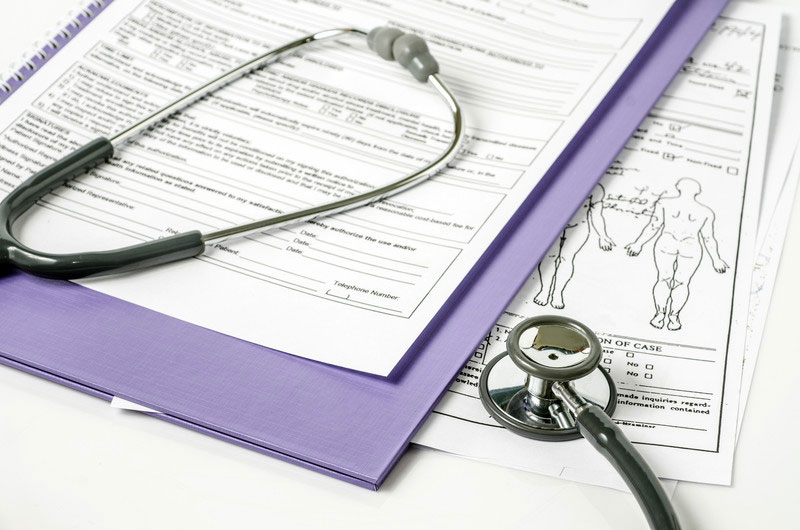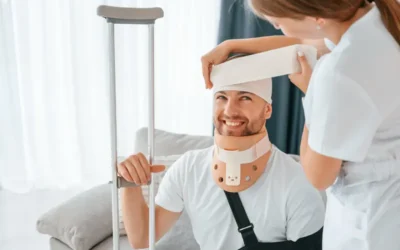Medical records analysis is required in workers’ compensation cases to evaluate the injury sustained and its impact on the injured person. Usually, medical records are requested by the employer’s insurance company, and their primary objective is to ensure that the symptoms the claimant is complaining about did not already exist prior to filing the workers’ compensation claim. Plaintiff as well as defense attorneys handling workers’ compensation claims may assign the task of collecting the medical records and having it reviewed and summarized to their paralegals. Paralegals are usually untrained in medical matters and would surely benefit from some useful tips to consider when collecting and reviewing medical records.
Basic Things to Know
- Paralegals must know how to obtain the medical records, when to disclose them, and how to comprehend the records and organize them properly.
- They should have a clear understanding about HIPAA requirements when contacting medical record custodians.
- It is ideal to have a working knowledge of basic medical abbreviations, and this can be obtained from online resources.
- They should know the laws regarding who can request and get medical records and under what circumstances.
- Paralegals may have to perform medical research to inform the law firm about the nature of the injury or illness, and about its related symptoms, treatment and prognosis. Hiring a reliable provider of medical review services is a practical alternative, but if doing the review on their own paralegals may have to obtain copies of medical and scholarly research articles to educate themselves and the firm.
How to Contact Medical Providers
Following are the ways in which paralegals can contact medical providers.
- Correspondence via United States Postal Service with original release request form.
- Through fax with a copy of the HIPAA-compliant medical release attached
- Collect the records personally from the medical record custodian or medical provider
- By email
- By hiring a reliable medical record retrieval company
It is safer for paralegals to contact medical providers under the supervision of attorneys because the documents may be discoverable. The request should be made for the complete medical chart or records. Place requests for copies of disability statements, prescriptions for medications and durable medical equipment, medical necessity letter and estimate of future medical services necessary.
The medical records collected must be properly organized in any of the following ways. The important thing is that anyone wanting to access these documents can do so quickly.
- By medical provider, chronologically or in reverse chronological order
- Chronologically, irrespective of the provider
- By the type of record – diagnostic reports, surgery notes, office notes and so on.
Electronic records are easy to collect and organize, and are less expensive.
How to Verify the Medical Records
The medical records must be accurate for them to have legal value. So, on obtaining the complete set of medical records, the next step is to match each record to a date of service on an itemized billing statement from the medical provider. Every date of service on an itemized billing statement should be matched to a medical record with a corresponding date of service. A complete medical chart may include the following:
- Office/ER/Triage notes
- Diagnostic reports including imaging and lab reports
- Consultation reports
- Surgical procedure reports
- Registration or intake form
- Patient questionnaires
- Nurses’ notes
- Correspondence to other healthcare providers
- Referral sheets
- Prescription logs
- Disability or work notes
Medical Record Review and Summary Preparation
Medical summaries are prepared based on the injured person’s medical records, medical bills, prescriptions, medical history and updates, insurer/administrator claim files, personnel files and EOB or Explanation of Benefits among other documents. Why is a medical summary so important? An accurate summary helps evaluate claims and defenses; calculate statutes of limitations and avoid missing other actionable injury claims. It is a valuable reference document when attorneys have to talk to the clients and experts about the medical issues involved. Besides, medical summaries are useful when drafting documents, preparing for and reference during a mediation, deposition or hearing.
The best way to summarize medical records is to use the SOAP model, wherein S or Subjective refers to the patient’s self-reported complaints and cause of the injury; O or Objective signifies the physician’s clinical or physical exam findings including diagnostic tests; A is Assessment or doctor’s diagnosis; and P signifies Plan or the doctor’s recommended course of treatment. The important components of a medical summary are:
- Medical treatment the injured worker received to date
- Medications last prescribed
- The injured person’s most recent restrictions
- The last time the injured person saw a doctor
- Current treatment plan
- Whether the injured worker has reached MMI or maximum medical improvement
- Whether the doctor has provided impairment ratings
A complete medical summary would highlight details relevant to the case such as
- Causation of the injury/illness according to the patient
- Pre-existing conditions
- Diagnosis
- Treatment plan
- Prognosis
- Permanent impairment ratings
- MMI or maximum medical improvement
- Extent of disability/inability to work
- Future medical requirements
Paralegals could benefit from medical chart reviews provided by an experienced medical review firm. This would reduce their workload and save many hours that would have to be otherwise spent on complex medical research. Paralegals constitute a very important part of the legal team and must ensure maximum safety of all information they are entrusted with. They should not provide any medical records or other documents to a doctor unless asked to do so by a supervising attorney. Before sending documents to a doctor for review purpose, they should be selected carefully and scrutinized by a supervising attorney.




